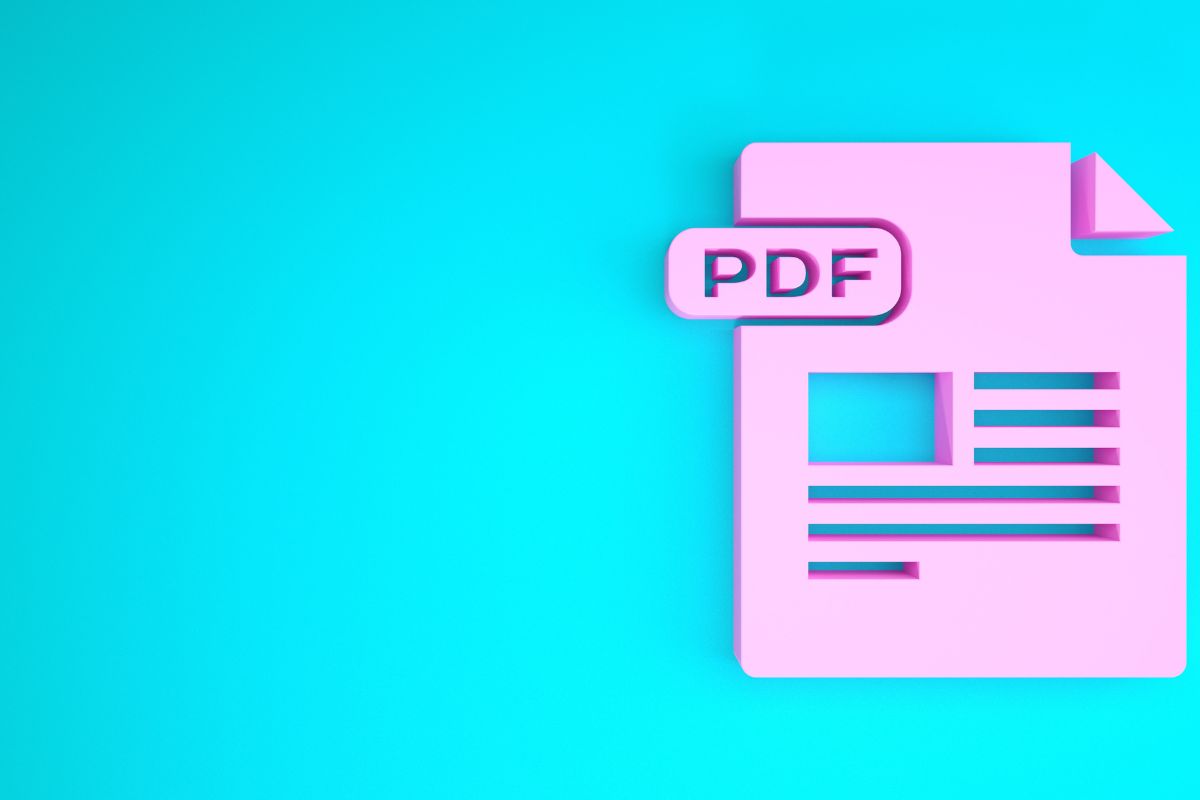In the digital realm, vector files hold a significant place in rendering graphics that are both high-quality and versatile. Unlike their raster counterparts, vector graphics are composed of paths defined by mathematical equations rather than pixels, enabling them to be infinitely scalable without any loss of quality. This means that you can enlarge a vector graphic to the size of a billboard without encountering any pixelation or quality degradation, a feature that makes vector files invaluable for logos, illustrations, and other designs where scalability and clarity are essential.
Vector files are also inherently editable, allowing you to adjust colors, shapes, and other elements with precision and ease. The flexibility of vector graphics is particularly useful in professional design and production environments, where the ability to make quick alterations is often required. What’s more, with vector file extensions like SVG, AI, and EPS, you can be assured that your graphics are compatible with a wide range of software and can be easily integrated into various documents and projects.
Understanding the concept of vector file extensions equips you with a foundation to appreciate the technical side of digital graphics and the advantages they provide in different applications—whether you’re a designer, marketer, or simply someone engaged with creating or using digital content.
Understanding Vector Files
Vector files are a type of image format that retains its clarity regardless of how much you scale it. They are essential for creating graphics that frequently need resizing, like logos or icons.
Vector Vs. Raster Files
Vector files consist of paths defined by a start and endpoint, along with other points, curves, and angles. These files are made up of mathematical formulas that calculate paths, as opposed to raster files, which are composed of pixels – tiny colored squares that form an image. When you scale a raster image, quality degradation occurs because you’re stretching the finite pixels, which can result in a pixelated or blurry image. Conversely, vector files maintain high-quality image standards, as they’re scalable without loss of resolution.
Mathematical Formulas in Vectors
Vector files store information as mathematical formulas, which govern the shapes in the image. This means that each line, curve, and shape can be precisely calculated and reproduced at any size. These formulas allow for scalability and resolution independence, ensuring that the image maintains high fidelity and clarity when enlarged or reduced.
Scalability and Resolution Independence
One of the main advantages of vector files is their scalability and resolution independence. You can scale your Scalable Vector Graphic (SVG) to different sizes, and it will remain crisp and clear at any resolution. There is no degradation in quality because the vectors are not made up of pixels, but rather scalable paths that look perfect at any size.
Advantages of Vector Files
Vector files provide numerous advantages: they are editable, allowing you to modify any element without affecting the quality of others; they produce a high-quality image with clear lines and colors that don’t degrade; and they have a smaller file size compared to high-resolution raster images. This makes vectors ideal for graphics that need to be used in multiple sizes and contexts.
Common Vector File Formats

In the digital design world, vector file formats are essential for creating scalable, high-quality graphics that do not lose clarity when resized. Below, you’ll find a breakdown of the most ubiquitous vector file types, each with unique attributes suitable for various applications.
AI Format
Adobe Illustrator (.ai) is a proprietary vector file format developed by Adobe Systems. AI files are primarily used for logo design, illustrations, and print media. These files are particularly valued for their ability to preserve the intricate details and layers of Illustrator documents.
SVG Format
Scalable Vector Graphics (.svg) have become increasingly important for web design due to their XML-based format. SVG files enable web browsers to display vector images with support for interactivity and animation, making them a good choice for responsive design elements.
EPS Format
Encapsulated PostScript (.eps) files are versatile, supporting both vector and bitmap data. EPS is a widely compatible format often used for transferring image data between different software. It’s favored for high-resolution printing of illustrations.
PDF Format
Portable Document Format (.pdf), another Adobe creation, is used for documents requiring a fixed layout. When saved correctly, PDFs can maintain the vector characteristics of the design, which is ideal for multi-page layouts and print production.
Other Vector Formats
Other formats like CorelDraw (.cdr) offer robust alternatives for vector graphics. CDR is the native Coreldraw file type, a vector graphic editor that’s popular for vector artwork creation and editing.
Editing and Usage of Vector Files

In the realm of digital graphics, vector files stand out for their scalability and editability, allowing for high-quality visuals across various applications. You can edit them using specific tools, convert them to multiple formats for widespread compatibility, and utilize them in diverse graphic design projects.
Editing Tools
Vector graphics are typically created and edited using sophisticated software such as Adobe Illustrator, which is widely recognized for its extensive capabilities in crafting illustrations and other graphic designs. Alternatives like Inkscape and Gravit Designer offer powerful editing features as well, and are known for their accessibility. These tools allow you to manipulate individual elements, adjust file size without losing quality, and customize your work to create logos, business cards, and more.
File Compatibility and Conversion
It’s crucial to understand the file formats associated with vector graphics to ensure compatibility across different platforms and devices. Common vector file formats include SVG, AI (Adobe Illustrator), and EPS. Conversion between these formats—and to raster formats like JPEG or PNG when necessary—is possible with most vector editing software. This ensures your designs maintain integrity across various media and uses.
Use Cases for Vector Graphics
Vector graphics excel in areas where scalability and clarity are paramount. Logos and business cards are prime examples, as they must be resizable for different formats without losing detail. Graphic design in general benefits from vectors due to their precision and ability to be edited with ease. Whether you’re creating complex illustrations or simple icons, vector files are the industry standard to ensure your creations look professional at any size.
Optimizing Vector Graphics for the Web

When preparing vector graphics for the web, it’s essential to address web compatibility, minimize file size, and enhance load times to ensure a smooth user experience.
Web Compatibility
Your vector files should be in a widely supported format like Scalable Vector Graphics (SVG), an XML-based markup language optimized for the web. Unlike raster formats such as PNG, which lose clarity when scaled, SVG files maintain sharpness at any size, making them ideal for responsive design. Remember to use software that exports clean and web-compatible SVG code, ensuring that your graphics work seamlessly across different browsers.
File Size Optimization
To reduce the file size without compromising quality, take advantage of SVG’s compression capabilities. Tools that can clean up and optimize SVG markup are crucial — they remove unnecessary attributes, whitespace, and metadata, resulting in a lighter file. You can also consider using .svgz, a compressed SVG format. By compressing your files, transparency and other complex visual details are preserved while minimizing bandwidth usage.
Enhancing Load Times
A streamlined SVG file results in faster web page load times, contributing to better SEO and user engagement. Load times can also be improved by:
- Inlining SVGs directly into your HTML to avoid additional HTTP requests.
- Using CSS and JavaScript sparingly within your SVG files, as external resources increase load times.
- Implementing SVG sprites for icons, which allow multiple images to be fetched in a single network request.
Remember, each kilobyte saved in your vector file size enhances the performance and accessibility of your website.
Frequently Asked Questions
This section addressescommon queries related to vector file formats, offering practical guidance for your design needs.
What are the most common vector file formats used?
The most common vector file formats include SVG (Scalable Vector Graphics), AI (Adobe Illustrator), and EPS (Encapsulated PostScript). These formats are widely supported and used for a variety of graphic design purposes.
How can one convert a raster image, like JPEG, to a vector format?
To convert a raster image such as a JPEG to a vector format, you can use software like Adobe Illustrator’s Image Trace feature, which allows you to create vectors from the raster image automatically or manually trace the image.
Are PDF files capable of containing vector graphics?
Yes, PDF files are capable of containing vector graphics. When a PDF is created from a vector-based program, it can maintain the image as vector data.
What are the distinct advantages of using vector files for logos?
Vector files for logos offer scalability without loss of quality, enabling clear and crisp resizing for any application from business cards to billboards.
What steps are involved in creating a vector file from scratch?
Creating a vector file from scratch involves using vector graphics software to draw shapes, lines, and curves that are defined by mathematical equations, allowing for easy editing and scaling.
In what scenarios is a PNG file preferred over a vector format?
A PNG file is often preferred over a vector format when dealing with web images needing transparency, such as logos or icons, that are displayed at a fixed size where scaling is not required.



